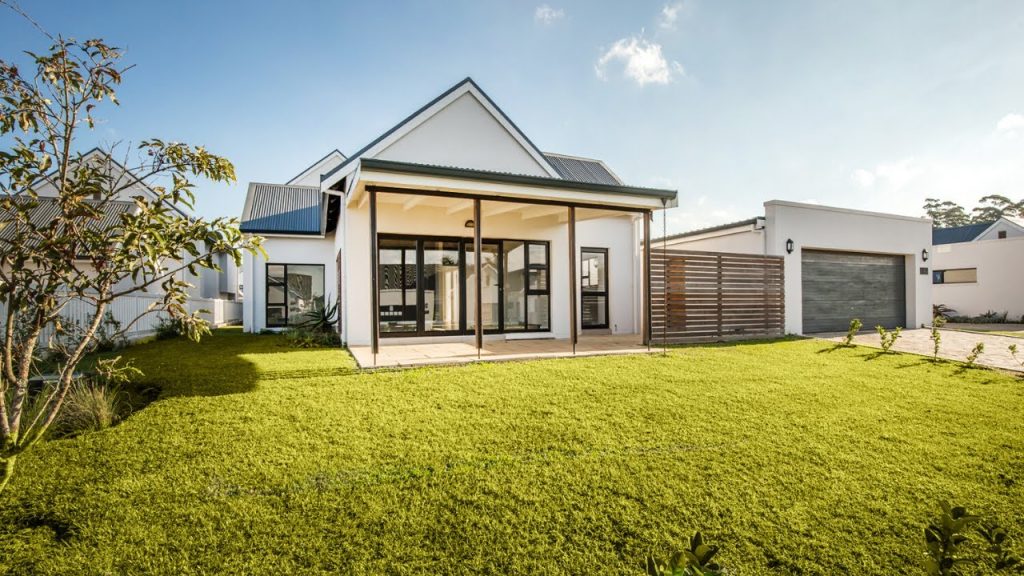As housing affordability and land scarcity continue to challenge urban areas, the future of relocatable homes auckland is becoming an increasingly important topic. With the city’s population on the rise and the cost of traditional housing soaring, relocatable homes offer a flexible, cost-effective, and sustainable solution. This article explores the growing relevance of this housing model, the benefits it offers, and what lies ahead for Auckland.
The Rise of Relocatable Housing
Relocatable housing—also known as transportable or modular homes—is not a new concept, but recent advances in construction technology and changing social attitudes are giving it renewed appeal. In Auckland, where land prices remain high and urban sprawl is a pressing concern, relocatable homes provide a smart alternative. These homes can be manufactured off-site, transported, and installed in a variety of locations, making them ideal for both temporary and permanent housing needs.
Why Auckland Needs a New Housing Approach
Auckland’s housing crisis has persisted for over a decade. Skyrocketing property prices, limited land availability, and increasing demand have created a need for innovative housing solutions. Traditional methods of building are often slow, expensive, and constrained by zoning laws. In contrast, relocatable housing offers:
- Speed: Homes can be built and delivered in a fraction of the time.
- Affordability: Lower construction and labour costs.
- Flexibility: Homes can be moved as needs or zoning laws change.
- Sustainability: Reduced waste and environmental impact.
These advantages underscore the future of relocatable housing in Auckland as not just a trend, but a long-term strategy to address complex urban challenges.
Policy Support and Market Growth
Local authorities and developers are starting to take notice. Auckland Council has shown interest in revising zoning regulations to accommodate more relocatable structures, especially for infill housing and temporary developments. Additionally, several private companies are entering the market with innovative designs that meet or exceed traditional building standards.
The growing demand is also pushing for better quality, design, and energy efficiency in relocatable homes, aligning with New Zealand’s broader goals for environmental sustainability and resilient infrastructure.
Challenges to Overcome
Despite the promise, the future of relocatable housing in Auckland is not without its obstacles. Key challenges include:
- Regulatory barriers: Existing building codes and zoning laws can slow down approvals.
- Public perception: Some people still associate relocatable homes with lower quality or temporary accommodation.
- Infrastructure limitations: Transporting and installing homes requires proper logistics and coordination.
Addressing these issues will be crucial to realising the full potential of this housing model.
Conclusion: A Mobile Solution for a Growing City
The future of relocatable housing in Auckland is bright, provided that city planners, policymakers, and residents embrace its potential. As Auckland continues to grow, relocatable homes can play a vital role in creating a more adaptive, affordable, and sustainable urban environment. With the right support, this housing approach could redefine how the city lives and grows for decades to come.


